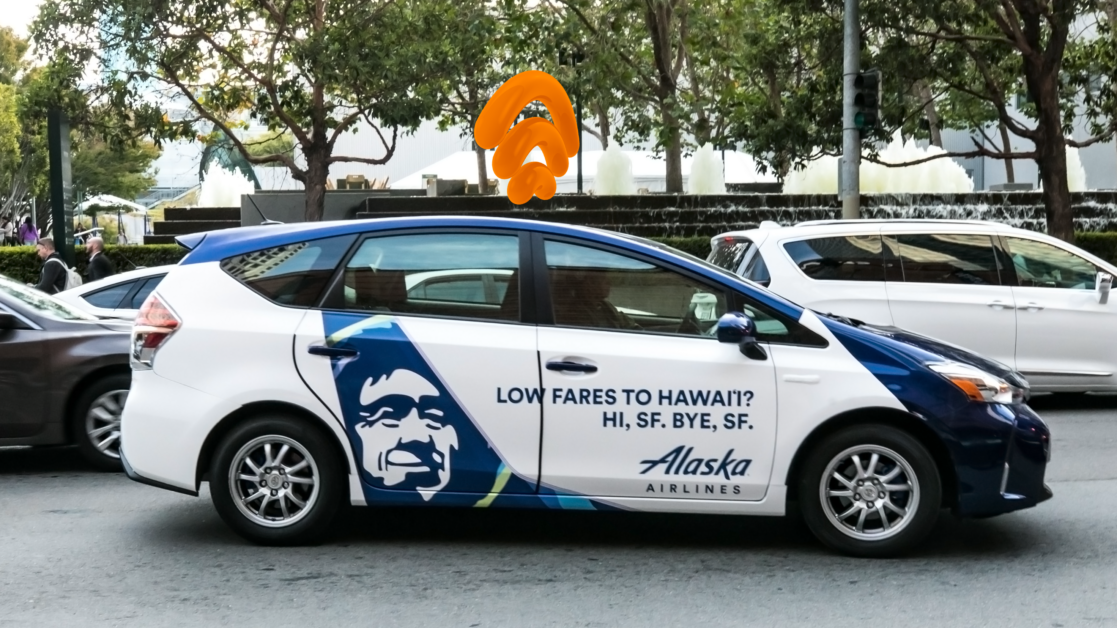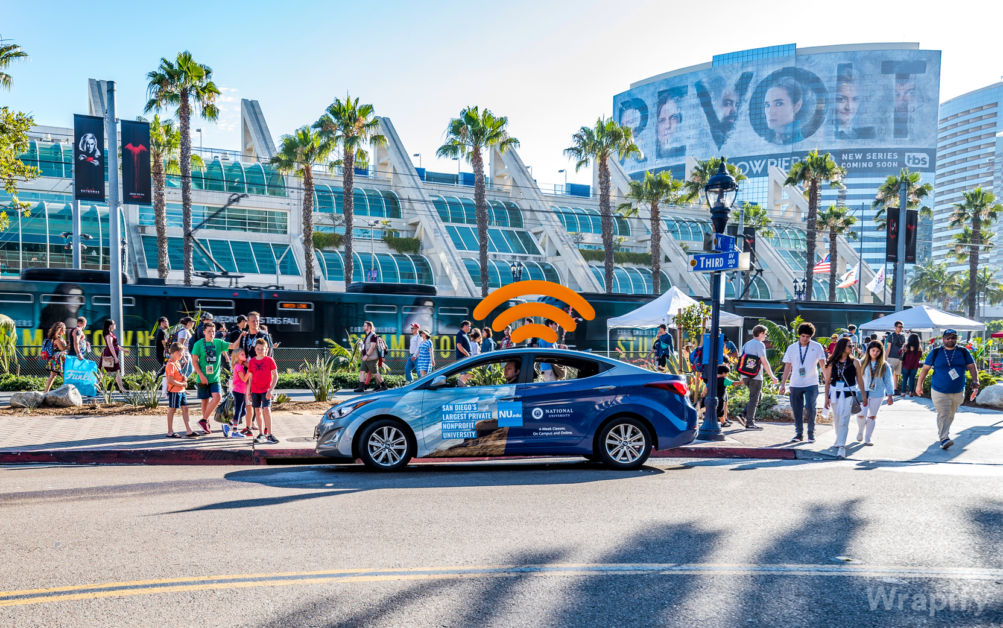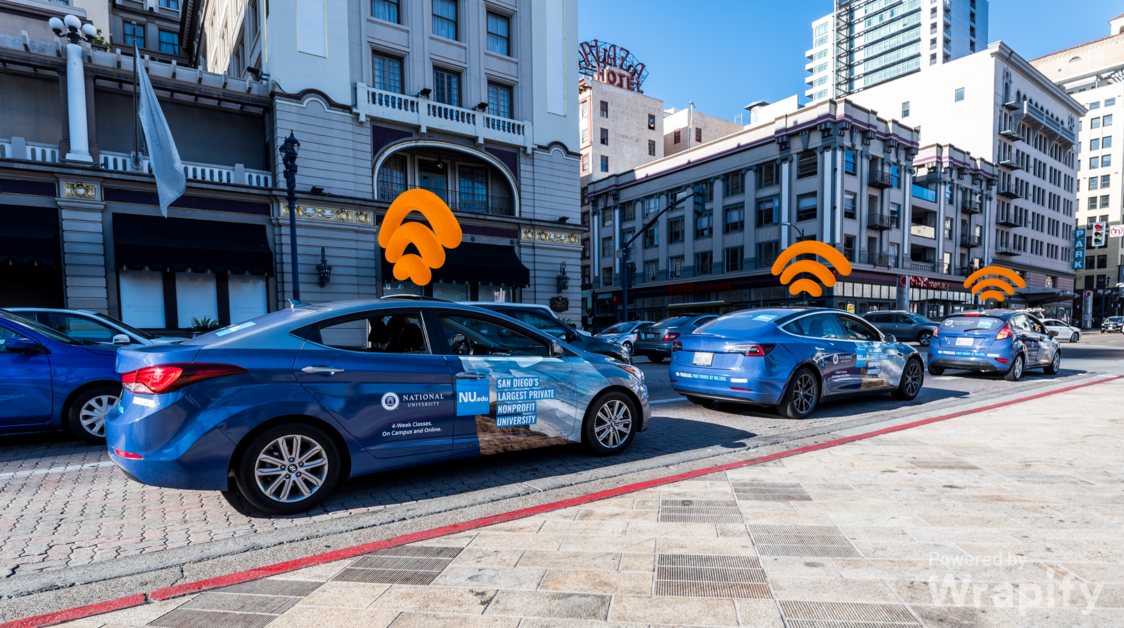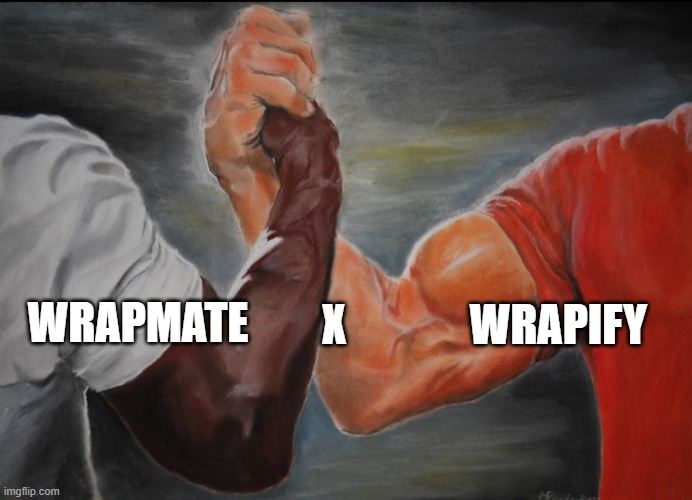Revenge travel was and is still a thing. After travel restrictions were enforced in 2019, we were all changed for better or worse. Once the rules and regulations were lifted post-pandemic, Americans wanted to exercise their right to travel. Since then the travel industry has faced barriers on the demand of travel due to widespread layoffs, ongoing inflation, and the ever-looming threat of a recession. Despite these challenges, travel continues to be on the up & up. In fact, according to Forbes Advisor, 40% of Americans plan to travel more this year than last year.
Knowing that the demand for travel is increasing, the question is where are travelers going, and how do they plan on getting there? To gain an upper hand in this next season of travel, refining your advertising and marketing tactics will be essential in order to take advantage of the current travel surge.
Fasten Your Seatbelts
In today’s highly competitive travel industry, capturing the attention of potential travelers is crucial for success. While digital marketing strategies often take center stage, out-of-home (OOH) advertising remains a powerful tool to dominate the travel market. OOH advertising allows businesses to reach a wide audience and create impactful brand experiences. By leveraging OOH advertising your company can establish and maintain a dominant presence in the travel industry.


Companies like Alaska Airlines, Trip Advisor, and various regional travel bureaus have leveraged the power of vehicle advertising with Wrapify to ramp up ticket sales, announce new offerings and showcase their brands across the United States. By using these 5 Proven OOH Strategies you too can take advantage of the innumerable benefits that stem from rideshare advertising.
Prepare for Takeoff
1. Strategic Placement
Choosing the right location for your OOH advertisements is essential to maximize visibility and target relevant audiences. Identify high-traffic areas such as airports, train stations, bus terminals, and popular tourist destinations. By strategically placing your ads in these locations, you can capture the attention of travelers and inspire them to consider your travel offerings.
2. Geotargeting
Take advantage of geotargeting capabilities offered by some OOH platforms. By utilizing location-based targeting, you can tailor your advertisements to specific regions, cities, or even neighborhoods. Allowing you to deliver highly relevant messages to travelers within your target demographic, increasing the chances of converting them into customers.
3. Storytelling
Engage your audience emotionally by sharing inspiring narratives that showcase the unique experiences and memorable moments travelers can expect when they choose your travel services. By tapping into the emotional aspect of travel, you can create a strong connection between your brand and potential customers.
4. Integrated Omnichannel Retargeting
Combine your OOH advertising efforts with other marketing channels to create a cohesive and integrated campaign. Utilize social media platforms, digital advertising, and traditional print media to reinforce your messaging and extend the reach of your OOH campaigns.
5. Data-driven Optimization
Leverage data and analytics to optimize your OOH advertising campaigns. Monitor the performance of your advertisements, measure reach and engagement, and collect customer feedback. Use this data to refine your targeting, messaging, and creative strategies, ensuring that your OOH campaigns continually resonate with your target audience.

Wheels Up
Embrace the power of Wrapify’s premier rideshare advertising platform to capture the attention of travelers, driving them to choose your travel offerings (and take action), all while establishing the ultimate brand presence across various United States markets.










